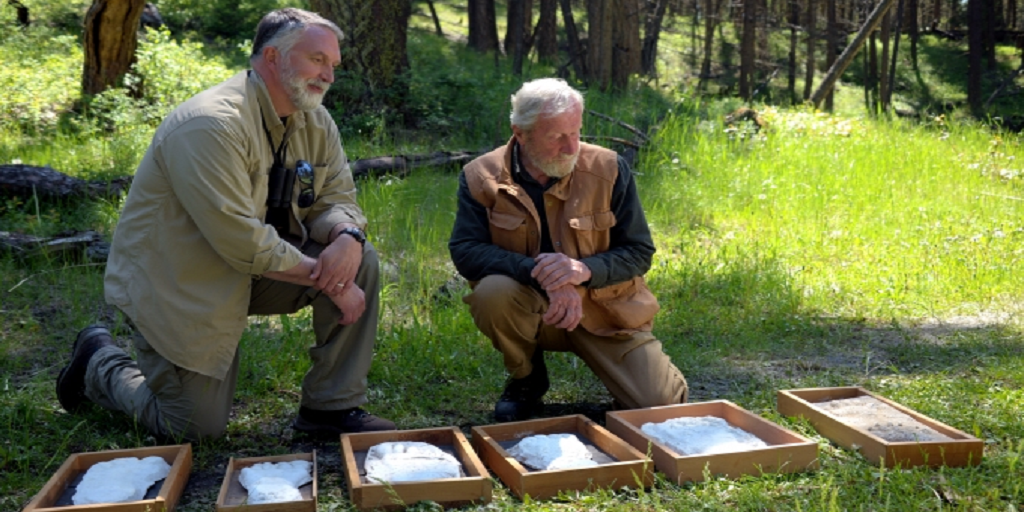Updated to add video after airing: check out the creators’ views on the 3D printed skeleton!
Idaho State University has 3D printed Bigfoot. As part of a History Channel documentary called “Bigfoot Captured,” which premiers tonight, Monday, November 9th, the university’s Robotics and Communication Systems Engineering Technology program was contracted to build an 8-foot-tall skeleton of the beast. The legendary creature, which has been allegedly sighted thousands of times over the last century, has been reported in 49 states, and now, thanks to a multitude of 3D printers scattered across Idaho and Washington, we are able to see, in life-sized detail, what its bone structure might actually look like.It’s becoming more common for museums to use 3D printing to create models of skeletons and fossils, as well as to restore existing ones. However, you may ask how one goes about 3D printing a skeleton of a creature whose existence has not been proven, let alone its bones recovered. Jeff Meldrum, an anthropology and anatomy professor at ISU, designed the model based on the 1967 video known as as the Patterson-Gimlin film, which claims to be a recording of Bigfoot. He also used conclusions drawn by Bigfoot researchers regarding the creature’s origins, and constructed the model based on the skeletons of Neanderthals as well as the Gigantopithecus blacki, an ancient, extinct ape that was twice the size of modern apes.
“They made the shoulders much broader, the torso thicker, the arms longer, the legs the right proportion,” Meldrum said. “Then we took the Neanderthal skull away because it’s more human-like. We came up with a pretty interesting model, one that agreed with the creature that was depicted in the Patterson-Gimlin film.”
Once the design was completed, the 3D printing process started. The print took 1,600 hours and required the use of printers all over the state, as well as in Washington. Once completed, the printed sections were shipped from their printer locations to Geran Call, an instructor in the Robotics and Communication Systems Engineering Technology program. Call appears in the History Channel documentary to talk about the process of printing and building the skeleton. Once all pieces were received, the skeleton was assembled by Call, Meldrum and their academic teams.
“To actually stand next to it was really, really quite amazing,” Meldrum said. “Even this was a bit of an academic exercise because obviously everything is just inferential, but what it conveys is that otherwise difficult-to-imagine sensation or impression of standing next to a skeleton that’s 8 feet tall. I mean it’s huge — massive. ” He added, “I’m delighted these departments were not only interested, but willing to participate in an exercise that I hope will be insightful and informative, and in pursuing this fascinating question of the potential of the existence of a relic hominoid species.”
Images will be made available after the documentary airs.
